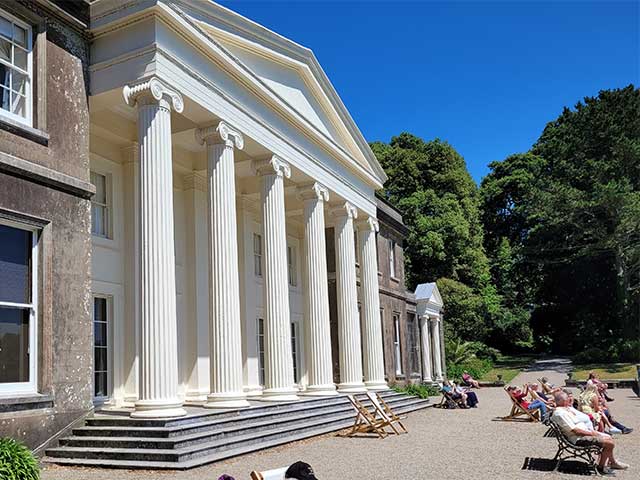Mapping and location analysis for the tourism sector
Domestic tourism in the UK is big business but, when it comes to location intelligence, it has several features that set it apart from commercial business mapping.
For 30 years we’ve worked with our fair share of clients, from hotel chains to country houses, heritage attractions to event consultancies, so we wanted to give you a few things to consider if you are trying to apply location intelligence to your venue or attraction.

Travel distance analysis for domestic tourism
People are often willing to travel further for pleasure than transactional journeys, making audience catchment mapping more difficult than for retail clients. If an overnight stay is involved, an audience may be willing to travel twice as far without the worry of a return journey the same day. This means that, whereas customer mapping for a local retail store could be based on a simple drive-time analysis, a tourist venue needs to have a far greater emphasis on demographic mapping over a wider area to analyse its audience. For hotels and accommodation you may even want to include a minimum travel distance in your analysis to further complicate matters.
Mapping for heritage attractions
Heritage tourism is one of the biggest draws within the UK, but it comes with a major locational disadvantage, you are working with a fixed site that was not carefully selected for accessibility when it was built hundreds of years ago. On the other hand, a long-standing site may have many years of visitor data, or be able to model it from other similar venues, giving it an advantage for audience analysis.
With the trend for membership in heritage bodies and the need to collect customer details for gift aid purposes, database profiling would allow such a venue to identify the demographic groups that make up their core visitors. Even if a database only holds postcode data, we would be able to use geodemographic profiling to identify visitor groups. It would also enable you to calculate the average distance travelled to visit you. We could then use this data to identify high-propensity target areas within your optimal catchment to target with marketing activity.
Demographic and location analysis to target your next visitors
Demographics are more complex for tourist venues than for the majority of businesses. A business typically sells to a single consumer, a holiday or day out tends to need the buy-in of a complete family unit. A fun day out for the family means you need to target a household with children of a suitable age and parents with the right level of affluence and propensity to spend on leisure or culture.
The way we have approached this with our tourism clients is to combine census adult and family household counts with Living Costs and Food survey (LCF) spend data. Whilst census data can give us an outline picture of a household’s affluence, LCF data gives us unique insight into household spend on certain things including heritage, culture and overnight accommodation. Using the two datasets together we can identify areas with a high proportion of family homes, with affluence of a certain level, and a propensity to spend on domestic tourism and heritage visits.
These target groups are then mapped, and hot spot analysis used to identify potential target areas for promotion. By adding in a drive-time analysis we can further differentiate the audience by identifying the most likely regular day visit audience and those who could be targeted for special event or holiday visit potential.
Mapping to increase footfall to your site
As I hope we have shown, data mapping and location intelligence can benefit both new and established holiday and leisure destinations. There are a number of methods and datasets that can enable a venue to identify and target new high-propensity audiences. Together, these techniques enable a venue to take a proactive and dynamic approach to attracting new visitors and supporters no matter how established your destination is.
If you are just setting out on a mapping or demographic analysis of your tourist destination, why not email info@beacon-dodsworth.co.uk to see how we can help.